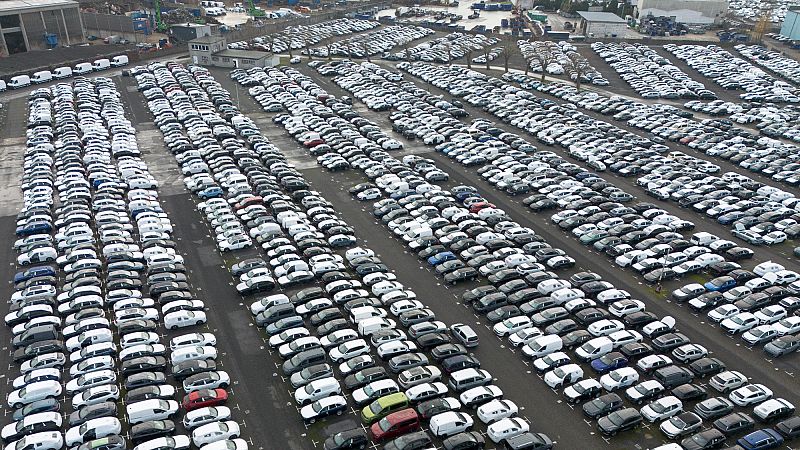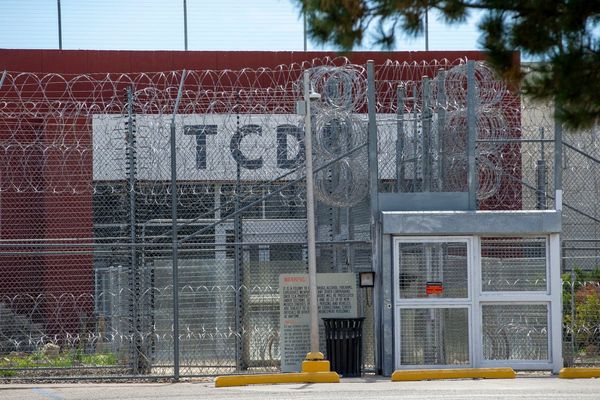
German exports dropped more than expected in May, declining 1.4% month-on-month, from -1.6% in April. The year-on-year rise came to 0.4% in May, the federal statistics office confirmed on Tuesday.
Imports, meanwhile, dropped 3.8%, and increased 4.2% year-on-year.
This brought Germany’s trade balance to €18.4 billion, from €15.7bn in April.
The data shows a significant decline in shipments to the US after tariff frontloading boosted month-on-month export rises to 1.8% in February and 1.3% in March. Despite this decrease, the US remains the most important destination for German products.
Negotiating as part of the EU, Germany is seeking to avoid a threatened 50% tariff on its goods sent to the US by negotiating a trade framework with the Trump administration before a deadline set for 1 August.
Earlier this year, when President Donald Trump announced his so-called “reciprocal” tariffs, the EU was originally hit with a 20% tariff rate. The White House subsequently paused duties for 90 days following market turmoil, a temporary reprieve set to expire on 9 July. The administration then pushed this date back, allowing more time for last-minute negotiations.
It now appears that the EU will accept a 10% baseline tariff on its US exports, although the bloc is looking for carve-outs that will lower the burden on key sectors.
Separate from the so-called “retaliatory” tariffs, the EU is also facing a 25% duty on automobiles and car parts sent to the US, as well as a 50% tariff on steel and aluminum exports. Brussels is seeking to soften these blows by securing a more advantageous trade framework.
German auto exports to the US fell by 13% in April and 25% in May compared to the same months a year earlier, the VDA industry association said last week.
Even without the added complication of tariffs, the German economy has been struggling these past few years, reeling from Europe’s energy price spike, low productivity and a lack of infrastructure investment.
Over the last two years, GDP growth has fallen into negative territory, and the head of the Deutsche Bundesbank, Joachim Nagel, has warned that new duties could put the country on track for another contraction this year.
“More generally speaking, with the hard macro data in for the first two months of the second quarter, the German economy looks set for yet another stagnation or even small contraction,” Carsten Brzesk, Global Head of Macro for ING Research, said on Tuesday.
“While retail sales and construction activity were down compared with the first quarter, the small uptick in industrial production is not enough to offset the expected drag from trade.”
In May, industrial production in Germany increased by 1.2% month-on-month after a 1.6% drop in April, according to data released by the federal statistics office on Monday.
Retail sales in Germany dropped by 1.6% month-over-month in May.
Despite challenges facing the country, Berlin’s promise to boost spending on defence and infrastructure has cheered investors.
The government recently approved a constitutional amendment to its ‘debt brake’ rule, meaning defence spending above 1% of GDP will not be subject to borrowing limits. Chancellor Friedrich Merz wants to boost military spending to 3.5% of gross domestic product by 2029.
The government has also created a €500 billion extrabudgetary fund for additional infrastructure spending, set to give businesses an added boost.







